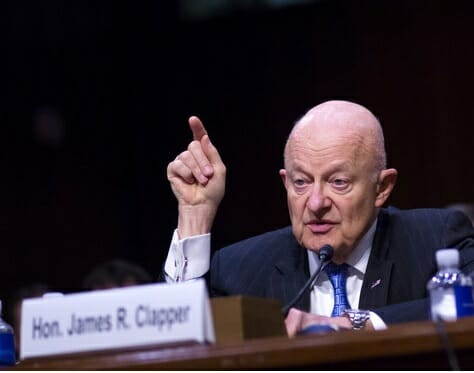In mid-1862 volunteering in the North had all but stopped after the carnage and high casualty numbers to date, though Lincoln desperately needed more troops to continue his war. He threatened conscription as a whip to encourage governors to fill the “troop quotas” he demanded, and the governors rightly feared retaliation from their constituents who had little interest in the war. Bounties were used to buy the services of paupers, indigents, immigrants and recently-released criminals to fill the ranks and keep Northern working men at home. Massachusetts Governor John Andrew found a workable solution in sending State agents to the occupied South to enlist captured black men who would be counted toward his State quota – and approved by Lincoln.
Bernhard Thuersam, www.Circa1865.org The Great American Political Divide
Bounties Fill Lincoln’s Armies with Patriots
“After the first flush of patriotism had passed, one of the strong inducements to enlistment was a financial one – a bounty, and, at a later date, the advance of the first month’s pay. During the Civil War, bounties came from three sources – the federal government, local governmental units, and private subscription. (In Ohio there was no bounty offered directly from State funds.)
The federal government, at the beginning of hostilities, offered a bounty of $100, payable upon honorable discharge . . . [but] by action of Congress in July 1862, one-fourth of this sum was to be paid upon muster and the balance at the expiration of the term of enlistment.
By later acts of Congress the bounty was increased to as much as $400 in some cases, payable in installments at certain periods during the soldier’s service as well as upon his being mustered in and mustered out. By 1863, the volunteer could expect $75 from the federal government at the time he was mustered in, $13 of the amount being his first month’s pay.
To the federal bounty there came to be added bounties provided by local governmental units and private subscription. Indeed, as [Provost Marshal General James Fry] wrote, the federal bounty paled into “comparative insignificance” when compared with the “exorbitant bounties paid in advance by local authorities.”
These, he believed, were the most mischievous in encouraging desertion, bounty-jumping, and other evils connected with the system. So great was the stigma of the draft that local authorities were highly competitive in the amounts offered to volunteers. Furthermore, they paid all the sum in advance. The primary objective of these payments, as General Fry put it, came to be “to obtain men to fill quotas.”
Localities began by offering moderate bounties. In 1862 the average local bounty was estimated at $25; in 1863 it advanced to $100; in 1864 it bounded to $400; and in 1865 the average bounty was $500, although in some localities it was as high as $800. The Hamilton County Board of Commissioners levied a tax of two mills in 1863 to take care of local bounty payments. On a tax duplicate of $128,432,065 this levy yielded about $256,864. The next year the city of Cincinnati began to borrow in order to offer city bounty payments, and during that year 1,811 volunteers were paid bounties of $100 each.
After the war the adjutant-general of Ohio estimated that $54,457,575. Had been paid in local bounties throughout the State, of which amount cities and counties had paid about $14,000,000 and private subscribers, $40,457,575.
The private subscriptions represented ward or township bounties, offered to encourage volunteering to avoid the draft in a city ward or township. [Political] Ward military committees were very active in securing private contributions for this purpose, as well as in securing volunteers.”
(Relief for Soldiers’ Families, Joseph E. Holliday; Ohio History, Vol. 71, Number 2, July 1962, James H. Rodabaugh, editor, excerpts pp. 98-100)














